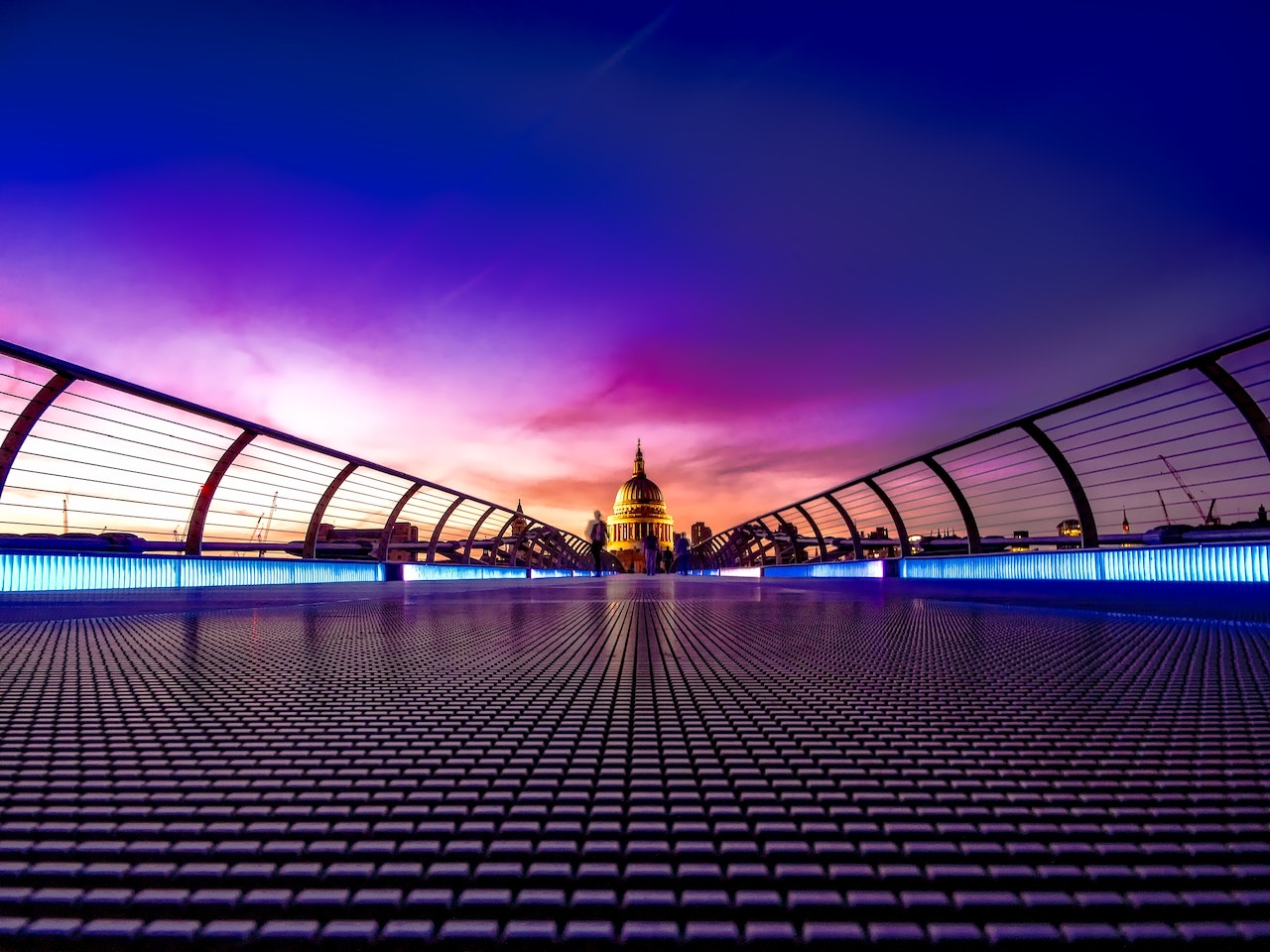Analyzing The Influence Of Geography And Topography On Architectural Design
One of the most significant factors that impact architectural design is analyzing the influence of geography and topography on architectural design. The location, climate, topography, and natural surroundings of a building site influence the design and construction of buildings.
Author:George EvansMar 17, 202349K Shares1M Views

Architecture is the art and science of designing buildings, structures, and spaces. The design of any building is affected by various factors such as social, cultural, economic, and environmental.
One of the most significant factors that impact architectural design isanalyzing the influence of geography and topography on architectural design.
The location, climate, topography, and natural surroundings of a building site influence the design and construction of buildings. In this article, we will discuss the influence of geography and topography on architectural design.
Geography And Architectural Design
Geography is the study of the Earth's physical features and the interactions between humans and their environment. The location of a building site is an essential aspect of architectural design.
It determines the orientation of the building, the views from inside and outside the building, and the overall aesthetic of the structure. The geographical location of a building also affects its functionality, energy efficiency, and sustainability.
Climate And Architectural Design
The climate of a region has a significant influence on architectural design. Architects must consider the local climate when designing a building to ensure that it is comfortable for its occupants.
In hot and humid regions, buildings must be designed to provide ventilation and shading to keep the interior cool. In cold regions, buildings must be designed to retain heat and provide insulation. In regions with high precipitation, buildings must be designed to withstand heavy rainfall and prevent water infiltration.
Topography And Architectural Design
Topography is the study of the natural and artificial features of the land's surface, including its elevation, slope, and terrain. The topography of a site affects the design and construction of buildings.
The slope of the land determines the building's foundation and the orientation of the building. The orientation of the building affects the views from inside and outside the building, the natural light that enters the building, and the overall aesthetic of the structure.
The elevation of the land also affects the design of the building. In areas with a high elevation, buildings must be designed to withstand high winds and extreme weather conditions. In areas with a low elevations, buildings must be designed to withstand flooding and prevent water infiltration.
Natural Surroundings And Architectural Design
The natural surroundings of a building site, such as trees, mountains, and bodies of water, also influence architectural design. Architects must consider the natural surroundings when designing a building to ensure that it fits into its surroundings and enhances the natural beauty of the area.
The natural surroundings can also be incorporated into the design of the building to create a unique and harmonious relationship between the building and its surroundings. Let's take a look at some case studies that illustrate the influence of geography and topography on architectural design.
Fallingwater, Pennsylvania, USA
Fallingwater is a house designed by architect Frank Lloyd Wright in 1935 in southwestern Pennsylvania. The house is built over a waterfall, and the design is influenced by the site's topography and natural surroundings.
The house is made of local sandstone, and the horizontal lines of the building mimic the natural rock formations in the area. The design incorporates the waterfall into the building, with a terrace that extends over the waterfall, providing a unique and breathtaking view of the surrounding nature.
The Burj Khalifa, Dubai, UAE
The Burj Khalifa is the tallest building in the world, located in Dubai, UAE. The design of the building is influenced by the location and climate of Dubai.
The building is designed to withstand high winds and extreme heat, with a unique Y-shaped floor plan that maximizes views of the surrounding desert and the Persian Gulf. The building is also designed to be energy-efficient, with a high-performance glass façade that reduces solar heat gain and energy consumption.
The Sagrada Familia, Barcelona, Spain
The Sagrada Familia is a large Roman Catholic church located in Barcelona, Spain. The design of the building is influenced by the natural surroundings of the site and the culture and history of the region.
The church's design incorporates elements of Catalan Modernism, Gothic architecture, and organic shapes inspired by nature. The building's façade is decorated with intricate stone carvings depicting various scenes from the Bible and nature.
The church is also designed to maximize natural light, with colorful stained glass windows that create a unique and awe-inspiring atmosphere.
The Sydney Opera House, Sydney, Australia
The Sydney Opera House is an iconic performing arts center located in Sydney, Australia. The design of the building is influenced by the location and natural surroundings of the site, as well as the cultural history of the region.
The building is situated on a peninsula surrounded by water, and the design incorporates the surrounding harbor and the nearby Sydney Harbour Bridge. The building's roof is designed to resemble the sails of a ship, and the façade is decorated with intricate tiles that reflect the colors of the surrounding water and sky.

Site Analysis Architecture BIGGEST MISTAKES – Site Analysis Tips for Architecture Students
Analyzing The Influence Of Geography And Topography On Architectural Design
Architecture is an art and science that deals with the designing of buildings, structures, and other spaces. The design of any building is influenced by several factors, including social, cultural, economic, and environmental.
One of the most significant factors that impact architectural design are geography and topography. The location, climate, topography, and natural surroundings of a building site influence the design and construction of buildings.
People Also Ask
What Are Some Examples Of Iconic Buildings Influenced By Geography And Topography?
Examples of iconic buildings influenced by geography and topography include the Sydney Opera House, Fallingwater, and the Sagrada Familia.
What Is Sustainable Architecture?
Sustainable architectureis the practice of designing buildings that minimize their impact on the environment and maximize their efficiency and functionality.
How Does Geography Impact The Sustainability Of A Building?
Geography impacts the sustainability of a building by influencing its orientation, insulation, ventilation, and energy efficiency.
What Is The Role Of An Architect In Incorporating Geography And Topography Into Their Designs?
The role of an architect is to consider the unique features of a building site and incorporate them into their designs to create buildings that are functional, sustainable, and visually appealing.
Conclusion
Geography and topography play a significant role in architectural design. The location, climate, topography, and natural surroundings of a building site all influence the design and construction of buildings.
Architects must consider analyzing the influence of geography and topography on architectural design when designing a building to ensure that it is comfortable, functional, energy-efficient, and sustainable.
The case studies discussed in this article illustrate the unique and creative ways that architects have incorporated geography and topography into their designs, resulting in some of the most iconic and awe-inspiring buildings in the world.

George Evans
Author
George Anderson, an exceptional architectural designer, envisions and brings to life structures that transcend the realm of imagination. With an unwavering passion for design and an innate eye for detail, George seamlessly blends form and function, creating immersive spaces that inspire awe.
Driven by a deep appreciation for the interplay of space, light, and materials, George's innovative approach redefines the possibilities of architectural design. His visionary compositions leave an indelible mark, evoking a sense of wonder and transforming the built environment.
George Anderson's transformative designs and unwavering dedication continue to shape the architectural landscape, pushing the boundaries of what is possible and inspiring generations to come.
Latest Articles
Popular Articles
